On June 8, doctors from the Department of Cardiovascular Surgery, 108 Central Military Hospital attended the scientific conference "Vascular disease - destination of specialties" in Ha Long.
At around 6 p.m., while swimming in the hotel pool, Dr. Hoang Anh Tuan, Department of Cardiovascular Surgery, 108 Central Military Hospital, heard a cry for help. A drowning girl was brought to shore and a man turned her upside down to let the water drain out. However, the girl's cyanosis did not improve.
Realizing the baby's critical condition, Dr. Tuan and Dr. Ha Hoai Nam (same department) placed the baby on a hard surface and performed cardiopulmonary resuscitation: chest compressions and mouth-to-mouth resuscitation.
After about 2 minutes of chest compressions, realizing that there was a lot of food refluxing from the stomach into the baby's mouth, Dr. Nam and a doctor from Hanoi Obstetrics Hospital cleared the baby's airway.
After 5 minutes of first aid, the baby regained consciousness and was taken to the nearest medical center for further treatment.
Fortunately, the baby was given timely and proper first aid and escaped the critical condition. "The next morning, when we met again, the family happily informed us that the baby's test results were all good. That was truly our happiness," Dr. Tuan shared.
According to Dr. Hoang Anh Tuan, when drowning occurs, first aid is extremely important. In this case, carrying the drowning victim upside down is not an appropriate first aid method.
With this first aid method, many people mistakenly believe that this action will help remove water from the child's respiratory system and help the child breathe on his own. However, this only delays more important first aid steps, including cardiopulmonary resuscitation.
The amount of water that enters the lungs during drowning is usually small and can be removed by performing chest compressions and when the child is able to breathe on his or her own. Delaying CPR and chest compressions increases the risk of irreversible brain damage due to lack of oxygen.
According to Dr. Hoang Anh Tuan, the first thing to do in first aid for a drowning child is to lift the child out of the water. Then assess the child's condition to see if he or she has stopped breathing or has stopped having a heart attack. If so, quickly perform cardiopulmonary resuscitation and notify people around to call 115 for emergency help.
Cardiopulmonary resuscitation
The chest compression position is above the sternum, at the level of the line connecting the 2 nipples. Press down on the chest about 1/3-1/2 deep. The rate of chest compression is 100 times/minute.
If you are alone in providing first aid: Perform 30 chest compressions, then 2 rescue breaths.
If there are 2 rescuers: Perform 15 chest compressions, then 2 rescue breaths.
Every 2 minutes, reassess whether the child is breathing or has a pulse. Once the child has a heartbeat and breathing again, the child should be quickly taken to a medical facility to check the function after CPR.
Notably, in just a short period of time at resorts (hotels, resort apartments), there were 2 drowning incidents that put 3 children in danger. Unfortunately, in the first incident, due to not being discovered in time and given proper first aid, the 2 children of a couple renting a resort apartment did not survive.
In this second incident, fortunately the child received timely and proper first aid, so his life was not in danger. This is a warning to parents when taking their children on vacation to places with swimming pools, beaches, lakes, rivers, etc.: parents need to pay close attention and not take their eyes off their children while they are swimming to avoid unfortunate situations.
Source: https://nhandan.vn/bac-si-so-cuu-kip-thoi-be-gai-duoi-nuoc-tai-be-boi-o-ha-long-post814835.html




![[Photo] Party and State leaders attend the special art program "You are Ho Chi Minh"](https://vphoto.vietnam.vn/thumb/1200x675/vietnam/resource/IMAGE/2025/5/18/6895913f94fd4c51aa4564ab14c3f250)
![[Photo] Ready for the top competitions of Vietnamese table tennis](https://vphoto.vietnam.vn/thumb/1200x675/vietnam/resource/IMAGE/2025/5/18/9c547c497c5a4ade8f98c8e7d44f5a41)
![[Photo] Many young people patiently lined up under the hot sun to receive a special supplement from Nhan Dan Newspaper.](https://vphoto.vietnam.vn/thumb/1200x675/vietnam/resource/IMAGE/2025/5/18/6f19d322f9364f0ebb6fbfe9377842d3)

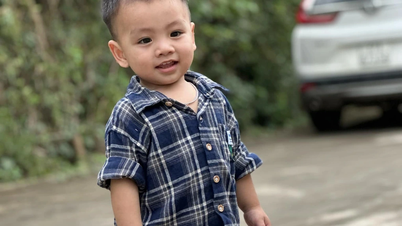

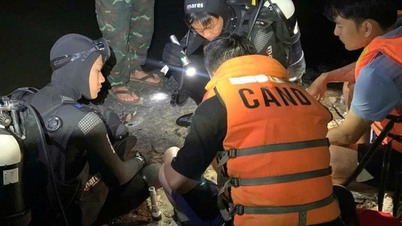




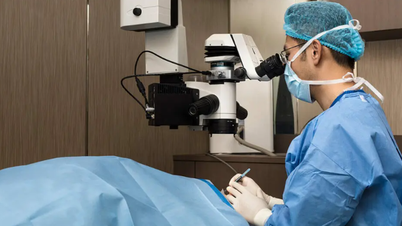







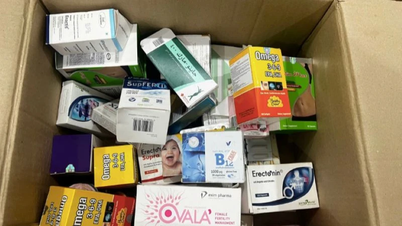





![[Photo] Party and State leaders attend the special art program "You are Ho Chi Minh"](https://vphoto.vietnam.vn/thumb/402x226/vietnam/resource/IMAGE/2025/5/18/6895913f94fd4c51aa4564ab14c3f250)
![[Photo] Walking on the royal poinciana flower road in the West](https://vphoto.vietnam.vn/thumb/402x226/vietnam/resource/IMAGE/2025/5/18/f9335355d0744d1593f7e36bc4c7f4b7)
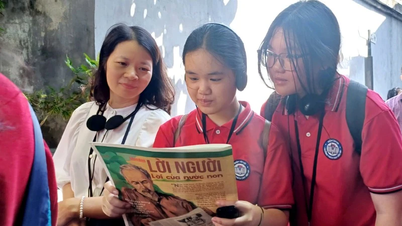
![[Infographic] Achievements of Vietnamese students at the 2025 International Science and Engineering Fair](https://vphoto.vietnam.vn/thumb/402x226/vietnam/resource/IMAGE/2025/5/18/67c3dbcf40744d06bf8164f789fcdc5c)
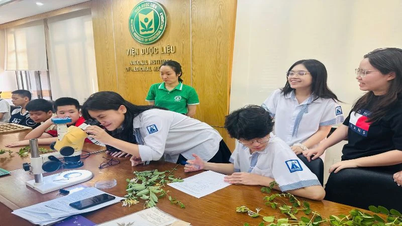














































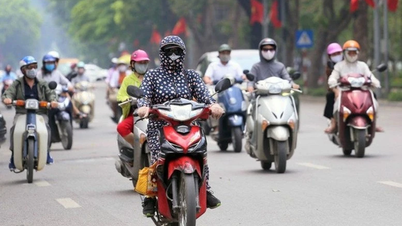

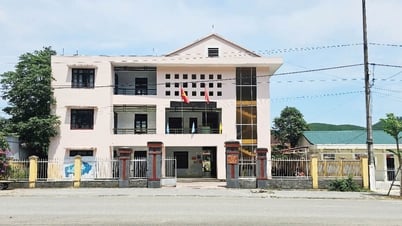



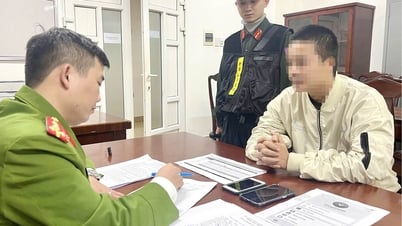











Comment (0)